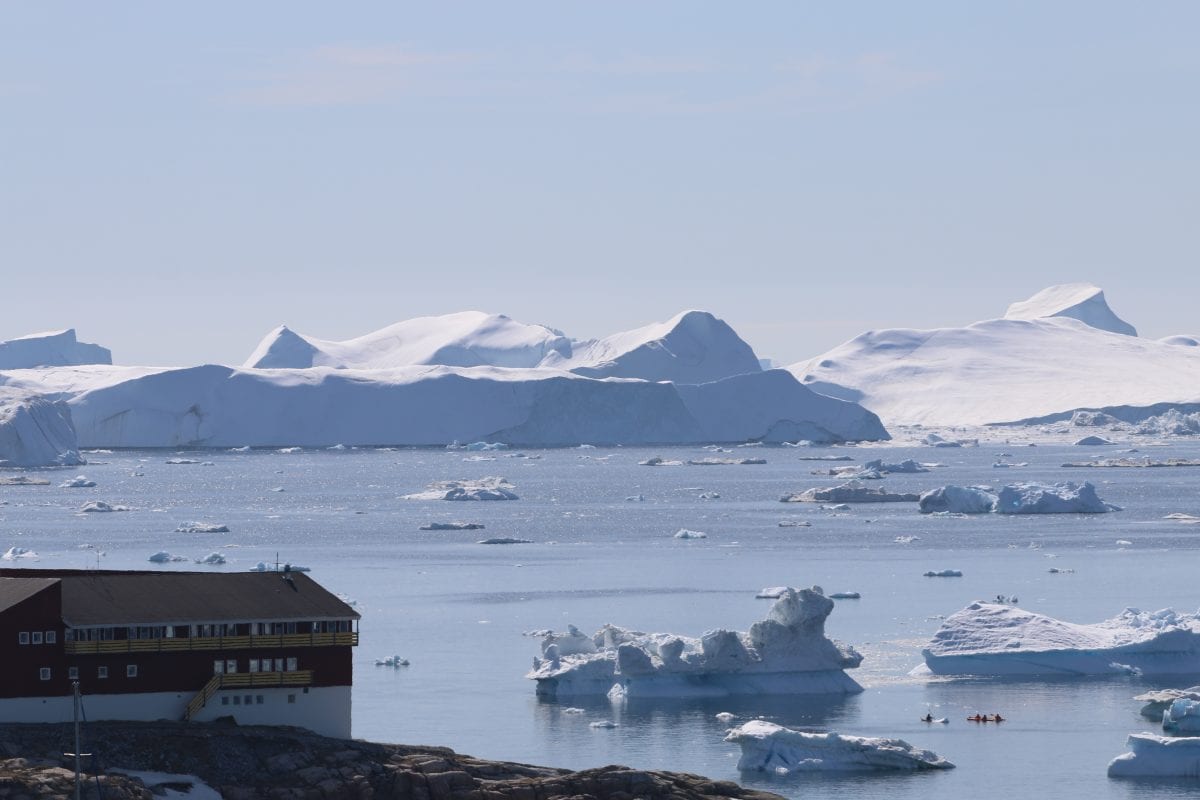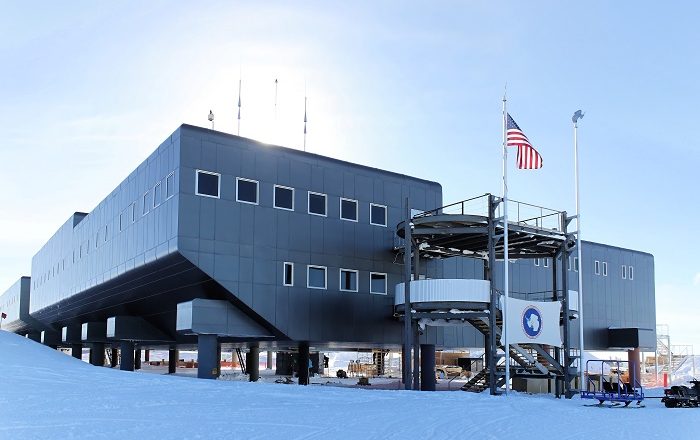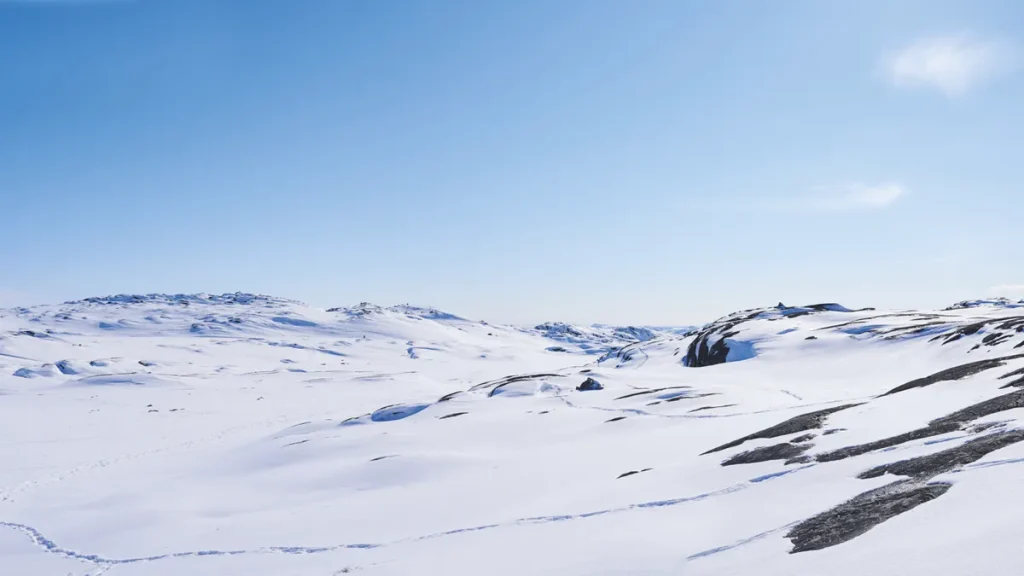Imagine being in a location so frigid that before your lips open your breath becomes ice. The Top Ten Coldest Places On Earth transports you to the most cold areas of the earth, where lows in temperature are shockingly low. Imagine Russia’s Oymyakon, a community where daily life resists frigid conditions, or Think Antarctica’s Vostok Station, where thermometers fight to keep up. From Greenland’s unceasing snowfields to Siberia’s frostbitten plains, this subject is about the raw, wild beauty of these frozen worlds, not only about numbers. You will learn why these places are so bitterly cold. Wild winds, high heights, or their location on the map close to the poles.
Imagine dazzling ice caverns, picture shimmering auroras, and large tundras buried in permafrost calling adventurers and scientists to brave the cold. We delve deeply into extreme weather, survival in subzero temperatures, and the science of the climate of our planet. This is your ticket to the coldest locations on Earth, packed with amazing facts and scenery that will astound anybody interested in arctic adventures, frozen wonders, or how life clings to the edge in these hostile environments.
The Top Ten Coldest Places On Earth
10. Prospect Creek, United States, Alaska

Prospect Creek, tucked away in the untamed heart of Alaska, is a silent tribute to great cold. Originally a vibrant camp for laborers building the Trans-Alaska Pipeline in the 1970s, it is now a ghost town with a history sealed by a bone-chilling -62.1°C January 1971. This temperature, which is still among the lowest ever recorded in the United States, is evidence of the terrible winters in this area. Prospect Creek located in a valley where cold air pools, intensifying the freeze, far from the moderating influences of the Pacific Ocean. Although the building of the pipeline caused some brief disturbance, the severe temperature drove people away and left just meteorological records behind. For climate scientists researching America’s harshest winters today, it serves as a focal point and a sobering reminder of the might of nature in far-off subzero regions. Prospect Creek is a terrible tale in the history of frozen frontiers for individuals drawn by abandoned towns and severe weather.
9. Snag in Yukon Territory, Canada
With -62.8°C in February 1947, the lowest temperature ever recorded in North America outside Greenland, Snag, a sliver of a town in Canada’s Yukon Territory, has an amazing record. Snag was an emergency landing strip during World War II; its weather station painstakingly tracked aircraft safety conditions. Later retesting of the equipment obtaining this low reading verified its accuracy and established Snag’s historical significance. Now with less than 10 people living there, the village is a peaceful outpost encircled by frozen tundra and snow-covered trees. With winter evenings stretched long beneath the Arctic sky, its remote location, far from urban warmth, produces perfect conditions for severe cold. For individuals drawn to the seclusion of cold environments and the resiliency of small towns in hostile conditions, Snag’s narrative speaks to them and is therefore a must-know for travelers of polar extremes.
8. Yakutsk, Siberia’s Russia
Like no other city, Yakutsk, the capital of Sakha Republic in Siberia, is based on constant permafrost where winter temperatures drop to -64.4°C, as reported in 1891. Yakutsk is unique because of its climatic rollercoaster; summers can reach to 38.4°C, producing one of the most dramatic seasonal changes on Earth. Constructed beside the Lena River, which freezes in winter, the city is home to more than 300,000 people who have very creatively adjusted to live at subzero temperatures. While markets hum with activity even in freezing climates, traditional wooden homes perch on stilts to guard against permafrost melt. Yakutsk, a center of culture and business, boasts a university, museums, and theaters displaying human resiliency under trying circumstances. Yakutsk provides a vivid, real-life model of surviving in a frozen environment for people enthralled by how societies negotiate difficult environments or the science of permafrost.
7. Greenland’s North Ice

Rising atop the Greenland Ice Sheet, one of the biggest frozen stretches on Earth, North Ice is a research station built during the British North Greenland Expedition in the 1950s It registered -66.1°C in January 1954, then the lowest temperature recorded in North America. Living in tents and prefabricated houses pummeled by strong winds, scientists spent two years relentlessly freezing to study Arctic climate and ice dynamics. The brief functioning of the station left a legacy by offering early polar environment data that is still pertinent today. North Ice, although now abandoned, represents humanity’s will to explore and comprehend frozen worlds. Its position on the ice sheet, surrounded by unending white horizons, captures the sharp beauty of Arctic settings. North Ice is a frozen monument worth seeing for anybody enthralled with polar expedition and the history of scientific discoveries.
6. Oymyakon in Siberia, Russia
With a startling -67.7°C recorded in 1933, the little Siberian settlement Oymyakon maintains the title of the coldest permanently inhabited location on Earth. Living in a world dominated by winter, this under 500 person hamlet is tucked away on the Northern Pole of Cold. Schools close only when temperatures fall below -55°C, and locals depend on classic wooden houses covered against the frost. Daily life is survival; automobiles have to be kept running to avoid fuel lines freezing, and outdoor markets run in almost unimaginable cold. Extreme temperatures of Oymyakon attract daring visitors anxious to explore its icy frontier, usually posing with thermometers to record the chill. For anyone interested in human adaptation, severe weather, or the appeal of subzero living, the village’s resiliency and striking beauty make for a fascinating study.
5. Klinck Station, Greenland

Situated in the middle of Greenland’s Ice Sheet, Klinck Station boasts the Arctic Circle’s lowest record: -69.6°C in December 1991, exceeding Oymyakon of a couple of degrees. Part of a network monitoring the Arctic, this automated weather station recorded this unusual reading during a period of great cold. A scientific treasure as well as a warning, the huge frozen expanse known as the Greenland Ice Sheet is threatened by fast melting brought on by climate change, therefore affecting world sea levels. Data from Klinck Station clarifies these changes and emphasizes the careful equilibrium of the coldest parts of Earth. For climate scientists, this site is essential because of the dichotomy between its freezing records and rising trends. For those drawn to Arctic research or the effects of global warming, Klinck Station presents a terrifying viewpoint on a globe undergoing change.
4. Denali, United States of Alaska
With temperatures up to -73°C between 1950 and 1969, Denali, North America’s tallest summit at over 6,000 meters, is a soaring emblem of extreme cold. For climbers, wind chills can make the mountain seem to be a frozen gauntlet with -83.4°C. About half of those who try the summit overcome not only height but also crevasses, storms, and unrelenting cold. Denali’s great height and exposure to Arctic weather systems produce its harsh climate; snow and ice cover the summit year-round. While its meteorological records enthrall climate scientists, the grandeur and danger of the peak attract mountaineers and adventurers. Denali is an amazing challenge covered in ice for those hooked on high-altitude activities or the strength of the coldest mountains.
3. Antarctic Amundsen-Scott Station

Perched above the South Pole, Amundsen-Scott Station experiences some of the most extreme circumstances on Earth; in June 1982 it reached -82.8°C. Designed in 1956, this research center runs on a special six-month cycle: six months of constant illumination then six months of darkness. With telescopes pointing far-off galaxies, its great height and bright sky make it a perfect site for astrophysics. Despite frigid temperatures, the station houses researchers on cosmic events, ice cores, and climate as well as on A mere -12.3°C on Christmas Day 2011 marked the hottest day ever recorded, highlighting the unrelenting chill. For individuals driven to polar science, Antarctic exploration, or the haunting beauty of the South Pole, Amundsen-Scott is a lighthouse of discovery in a frigid void.
2. Vostok Station in Antarctica
On July 21, 1983, Vostok Station, a Russian scientific outpost on the Antarctic Plateau, had the lowest ground-measured temperature: -89.2°C. It endures six months of darkness and solitude at 3,488 meters above sea level; supplies are brought by difficult overland trips. Originally founded in 1957, Vostok is a pillar of climate study since its ice cores expose the past of Earth. Under the station sits Lake Vostok, a subglacial lake 4,000 meters deep that piques interest in life in hostile conditions. Although the difficult surroundings of the station test human endurance, its scientific benefits are enormous. Vostok Station is a frozen epicenter of knowledge for anybody enthralled by the secrets of Antarctica, climate research, or survival limits.
1. Antarctica’s Eastern Antarctic Plateau

With satellite data showing air temperatures as low as -94°C and land surfaces reaching -98°C, the Eastern Antarctic Plateau is most certainly the coldest site on Earth. Far from the ocean’s moderating warmth, this large, high-altitude desert, covering 3,000 to 4,000 meters, driest area on Earth. Its cold vastness, sculpted by constant winds, produces a scene of unearthly beauty—endless white vistas interrupted only by minute ridges. Because of its elevation and seclusion, the intense cold of the plateau makes it a suitable laboratory for climate research. The Eastern Antarctic Plateau is the best frozen wilderness for individuals enthralled by the most hostile conditions on Earth; it is where the icy extremes rule supreme.

